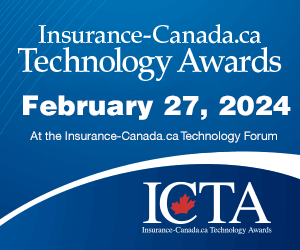With a persistent soft market and heavy competition, insurers and brokers have implemented strategies to differentiate products and services to improve customer engagement. However, new, sophisticated measures are revealing important information that may suggest the significance of consumers’ emotional desires as well as financial needs. More data is coming at #ICXF2017.
Customer Engagement
Practitioners and industry suppliers have been developing and debating approaches to help insurers in the engagement space.
For example, Majesco’s EVP, Bill Freitag, put a twist on James Carvile’s famous1992 presidential campaign advice and titled his post “It’s the Customer Experience, Stupid”.
Freitag’s point is that insurers must look at their products from the customer’s individual viewpoint; from the outside in. This requires the insurer to segment customers, allowing for more granular understanding of the customer’s needs and desires.
With that knowledge, a number of insurers and brokers engage in a “customer journey” mapping exercise. This entails deeper understanding of data, which reveal patterns for specific segments. The insights help insurers develop specific engagement strategies for the group.
But How Do Customers Feel?
These techniques above may have value, but The Page Group reports that they haven’t worked in driving loyalty: “A Forrester survey found that while 80 percent of leaders say their companies are focused on boosting customer experience, only 8 percent actually achieved excellent customer experience scores.”
To address this, Lippincott – a creative consultancy now part of the Oliver Wyman family – developed a construct, referred to a the Happiness Halo, which combines “behavioral economics, breakthroughs in brain science, and health doses of armchair philosophy and pop psychology.”
And How does Happiness Create Value?
Writing on the Oliver Wyman sight, Helen Leis, Partner at Health & Life Sciences at Oliver Wyman, says that the Net Promoter Scores (NPS) for health care are lower that other sectors.
However, Leis notes important anomalies: “Companies like ZocDoc, CityMD, and Quantum are reporting very high NPS scores relative to the industry average, in part by building emotional connections.”
Reviewing the Happiness Halo construct, Leis writes: “We determined through regression analysis that 75 percent of one’s overall perception of a brand comes from the experience, and 25 percent comes from the communications, brand story, and the like. To become an emotionally powerful brand, we need to design emotionally powerful experiences.”
There are three points, which contribute to customer happiness in the Happiness Halo: Anticipation (what’s coming), Interaction (what it is), Afterglow (memory of what it was).
Interestingly, it seems that the actual delivery contributes to less than half of the happiness. According to Leis, “Happiness researchers find that more than half of someone’s happiness is driven by moments of anticipation and remembering.”
Leis concludes: “Happiness, it seems, is as much about how we look forward to and look back upon an event as it is about the event itself.”
Can the Happiness Halo help the Insurance Industry?
It’s early days, but we will hear more soon. In April, Craig Weber, CEO of Celent, introduced the Happiness Halo at Celent’s Innovation and Insight Day. At that session, Craig compared high level data, for sectors insurance, financial institutions, and prominent consumer brands.
Craig’s commentary was that insurance was ‘not bad, but …’
Craig is a featured presenter at the 2017 Insurance Canada Executive Forum (ICXF2017) on 29 August in Toronto. He tells me that his session will be ‘provocative.’
Join us at #ICXF2017 and let us know what you think.



